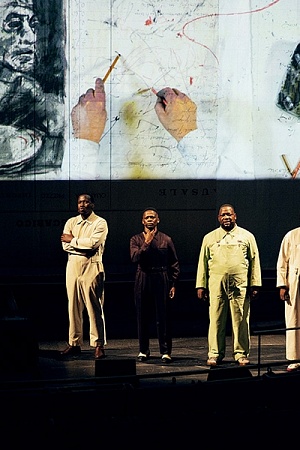Membra Jesu Nostri

It was not so long ago that Dietrich Buxtehude (1637–1707) was best known in classical music circles for the fact that a young J.S. Bach once made a 400-kilometre trek on foot to the North German Hanseatic city of Lübeck to hear him improvise on the organ. But Buxtehude also left an impressive oeuvre of liturgical music. Chief among it are the seven short cantatas he composed in 1680 for Holy Week, the Membra Jesu nostri patientis sanctissima (literally ‘The Most Holy Limbs of Our Suffering Jesus’). Setting verses from the medieval hymn Salve mundi salutare (attributed to Arnulf of Leuven) alongside short biblical quotations, each cantata addresses a different part of the body of Christ. Starting with his feet, the listener’s imaginative gaze is then directed to his knees, hands, side, breast, heart, and, finally, his face (these verses later inspired the so-called ‘Passion Chorale’ – ‘O Sacred Head Sore Wounded’).
Continue reading for only $10 per month. Subscribe and gain full access to Australian Book Review. Already a subscriber? Sign in. If you need assistance, feel free to contact us.















Leave a comment
If you are an ABR subscriber, you will need to sign in to post a comment.
If you have forgotten your sign in details, or if you receive an error message when trying to submit your comment, please email your comment (and the name of the article to which it relates) to ABR Comments. We will review your comment and, subject to approval, we will post it under your name.
Please note that all comments must be approved by ABR and comply with our Terms & Conditions.